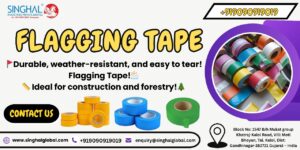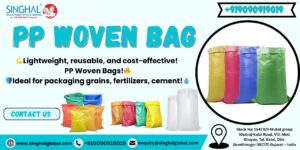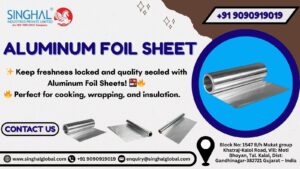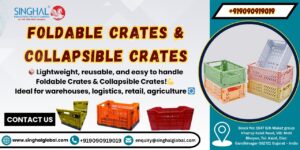PP Yarn is a versatile, lightweight, and strong material made from polypropylene fibers. It is commonly used to make carpets, rugs, outdoor furniture, and even car parts. In this guide, we will explore the different types of PP Yarn available on the market and their specific uses.
Monofilament Yarn
Monofilament yarn is a single continuous strand of PP Yarn, making it ideal for crafting tasks such as weaving and knitting. The thickness and strength of monofilament yarn make it ideal for outdoor projects where the material needs to be sturdy and resistant to UV damage. It is also commonly used in the automotive industry, as its strong construction ensures stability while still being lightweight.
Monofilament yarn can be bought in different colors, allowing for creative projects like macramé and braiding. While this type of yarn is primarily used for crafting and industrial applications, it also has much practical everyday uses as well. For instance, monofilament yarn can be used as a cord to tie back curtains as well as to create curtain tassels. It can even be used as rope or twine to hang decorations such as paper lanterns and balloons. Monofilament yarn serves numerous purposes and its versatility makes it an ideal choice for both craftspeople and homeowners alike.
Textured Yarn
Textured yarns are also a type of PP Yarn, and they are created using techniques such as air texturizing or bulking. This type of yarn is used for producing items that benefit from having superior softness or elasticity, such as lingerie, socks, and other clothing items. The technique used to produce the yarn helps to reduce shrinkage during laundering – perfect for delicate garments!
Spun Yarn
Spun yarns are made by taking short staple fibers, twisting them into a single strand, and then twisting that strand of fiber with unwoven yarn to produce the type of PP Yarn in question. These yarns are popularly used for fabrics such as denim or velour, as well as home decor items like throws or blankets. Spun yarns may also be used in conjunction with other PP or specialty yarns to add texture and body to woven fabrics.
Commonly used to provide strength and wear resistance, spun yarns have the added benefit of being more opaque than other varieties. This makes them ideal for applications where subtlety is desired in the weave’s look and feel. Spun yarns are easy to work with and are often combined with a wide range of specialty or PP yarns to create a unique fabric design. Whether you want your project to feature soft lines or a certain texture, adding spun yarn as components can help bring your vision to life.
Dyed Yarn
Dyed yarns take the same process used with spun yarn and add a dyeing step. This allows for an even deeper array of colors, which is important for some end products. Common uses include bedding, upholstery, and apparel fabrics made from cotton, wool, or rayon (and sometimes synthetic fibers) that are dyed according to the project’s needs.
Fibrillated Yarn
Fibrillated yarn is used for friction coatings, insulation, additional strength and durability, and water boots or hose pipes. This type of yarn involves a splitting process of film where micro-fibrils form on the yarn that holds continuous filaments together with its stability. The splitting process makes the threads thinner without sacrificing any of the strength or stability of the yarn itself. This type of yarn is ideal for durable products that require extra holding power and strength.
Fibrillated yarn is typically made of polypropylene, which allows for air circulation that makes products lightweight and breathable without sacrificing any sturdiness. This makes fibrillated yarn ideal for many different types of products, including 3D printing filaments, geotextiles, rubber reinforcement fabrics, automotive hoses and belts, filter bags, pipe wraps, and fire-protection blankets. The splitting process also gives the yarn extra clinging power due to the visible small fibrils on the surface that form tiny hooks as well as gripping grooves when engaging with another product.









